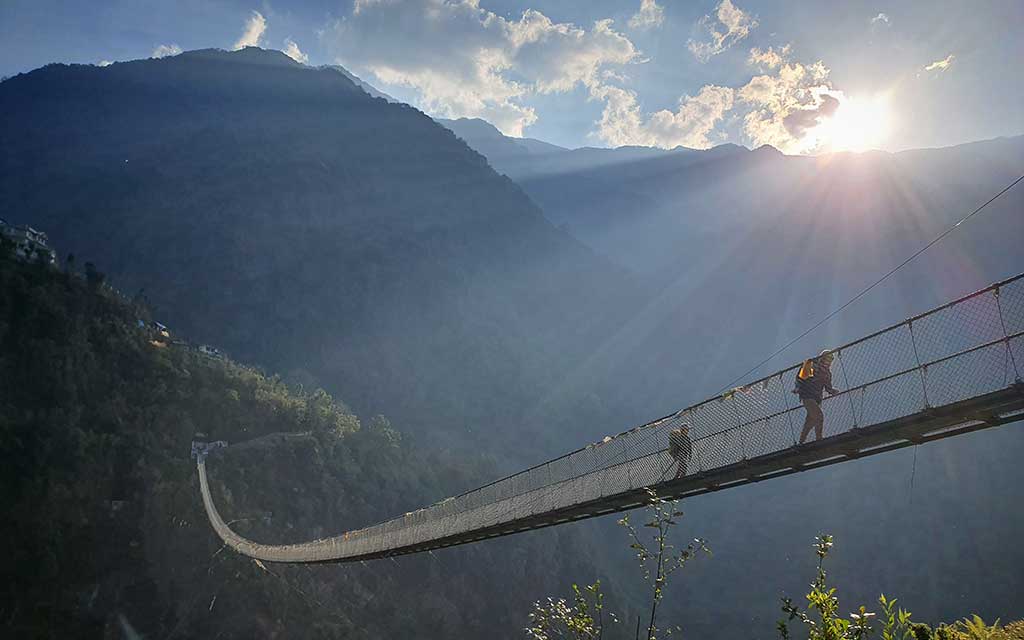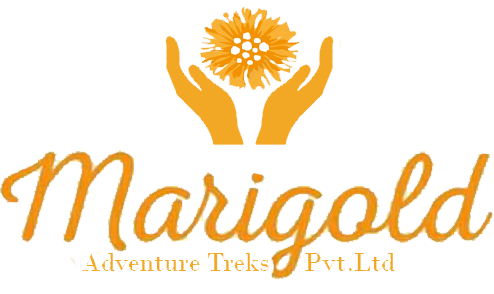There are some common questions that we get asked by our guests. We have compiled a list of the most frequently asked questions below for your reference.
Frequently Asked Questions

If you have a question that isn’t covered below, feel free to contact us and we will advise you accordingly.
COMING TO NEPAL
You can enter into Nepal both by land and flight. Several Airlines have direct flights to Kathmandu from London, Paris, Frankfurt, Doha, Osaka, Shanghai, Moscow, Bangkok, Singapore, Hongkong, Karachi, Bombay, Delhi, Calcutta, Paro, Dhaka, Lhasa and Varanasi.
Obtaining a Nepalese visa on arrival is easier except that you may have to spend some precious time queuing. If you get your visa in advance, you can avoid the queue. Also, don’t forget to bring cash as ATMs are not available at the airport. Note: If you are staying for more than 15 days, don’t forget to arrange a visa for 30 days.
Our airport representative and a vehicle will be waiting you at the arrival gate of the airport; in his hand will be a plaque board holding your name clearly written on the board or paper.
TRAVELLING IN NEPAL
You can get your money exchanged at your hotel or we will recommend you the better place where you can get good exchange rates.
The best time for trekking in Nepal is October to early Dec, then March to mid June, even though you can trek all round the year. June/August is better to do trek in rain shadow like Upper Mustang, Dolpa in Nepal and Mt. Kailash in Tibet.
Weather in the Himalayas is difficult to predict: expect the unexpected. Nights are generally much cooler than the day. In winter (December to February) nights can be cold when the sun is out while days are beautiful and warm. Snow can fall at any time of the year. Temperatures can range from -15°C to 25°C above 5000m. It is important to stay warm and dry in any conditions, so carry sufficient gear in your pack each day.
Altitude mountain sickness can affect everyone while trekking including young and healthy people and is a genuine concern. If you feel dizzy, suffer palpitations or severe headaches, return immediately to a lower altitude. Do not take altitude sickness lightly. It can be fatal! When trekking, its vital to realize that you must always hike at a pace that is convenient to your bod and not to anyone else’s. Make sure you feel comfortable when trekking and always listen to your body.
GENERAL QUESTIONS
Yes, we are a licensed trekking agency. We have been organizing tours, treks and expeditions for our valued clients for more than a decade. We enjoy our work.
Yes, we do. If you prefer to travel independently, or with your friends, families and colleagues you are invited to choose any of the trips at a timeframe suiting your convenience. The number could range from a group of people that could be minimum 1 and maximum 100 at a time. Costs for private trips can be fixed on the basis of group size, trek area; duration and trek style, and is negotiable. We also arrange Trek for single women if required. However, if none of our fixed group departure dates work for you and you do not have anyone to accompany you; you can still be able to make your preferred trip with us. There is absolutely nothing to worry about if you wish to do a solo trip. We can assign a local professional guide, porters etc whom we know and trust.
You should be moderately fit, used to some regular exercise and enjoy walking in high altitude conditions. Living up to a physical challenge is always good for you, no matter what. Trekking once a year is always the best regimen for your body’s needs; as per recommendations from most health journals throughout the world.
In the unlikely event of a serious sickness or a casualty, you will be rescued by a helicopter. You are entirely liable for all the expenses incurred in the event of your having to be evacuated; please make sure that it is covered by your insurance or be prepared to pay on your own after getting back to Kathmandu. Ask your guide to arrange a runner to the nearest communication point and inform our office about the requirements of a helicopter.
The safety and well-being of our clients is our first priority. Acknowledging that there are inherent risks in all travel that can never be totally eliminated, we endeavor to minimize any risks or dangers that have the potential to lead to any more than reasonable level of physical or emotional distress for our clients, staff and partners.
We do this by:
- Ensuring the chosen itinerary is appropriate for your group.
- Seeking medical assurance from you that medical advisor prior to trekking departure to ensure all travelers are suitable for the challenge ahead.
- Ensuring that our guides are all first aid trained, carries a comprehensive first-aid kit and are fully competent in handling emergency evacuation procedures.
- Ensuring that our guides carry mobile or satellite phones: Mobile or satellite phone communication is available on most trekking routes which provide direct access to our company.
- Providing a doctor to escort all school trekking groups and on request for charity challenges. Insisting that a complete risk assessment be provided prior travel and trek.
- Requiring each client to complete and sign our risk assessment form prior to departure for a trek.
- Insisting that travel insurance is compulsory for all travelers and trekkers. Insurance documentation to be provided prior to any trek.
TREKKING
You will only have to carry a daypack, which should be a reasonable size to carry a water bottle, sunscreen, camera, etc. Your other pack is carried by porters. We stress on the wisdom of always ‘travel light’.
The weight limit for the trek is 15kg per guest, as it is the maximum weight that the porters can carry. It is also important to note that “hard” luggage poses a problem so soft “duffel-bags” are recommended and we can provide. The lighter you are the better for the trails.
Luggage and other valuable items can be stored in a locker at the hotel in Kathmandu for free of charge.
Safety and security of our clients is of foremost for us. All our guides and other support crew are carefully chosen for your trips. Our guides hold licenses issued by the Government of Nepal. They are very honest and reliable. But we would also advise you to take care of your own personal belongings. If you are on ‘camping treks’ please do not leave your bags unattended at any time for your own safety. Take your main bag inside the tent once you reach campsite. At night, put all bags and belongings in the middle of the tent. Your guide assigns a Sherpa on turn wise basis to guard the campsite throughout the night.
If you are on a ‘Tea house or GAP trek’ arrangement, you will be sleeping in a local tea house. You have to take sensible precautions yourself at all times. Never leave your baggage unattended and keep your lodge room locked when you go out.
Depending on any given situation, you can modify it to some extent after consulting with your guide. However, the date of your trek completion should always coincide with the original itinerary. You should keep in mind that this is an adventure trip into some of the most remote regions on earth, where any unforeseen events may compel you to go for a change in your itinerary. In such cases, we or your guide will suggest the best alternative similar to your original itinerary.
On camping treks, our staff will boil and cook meals treated by potassium or iodine. On GAP treks, you will be able to buy safe hot drinks in the tea house. We recommend that you to bring water purification pills. On the trail, water from the streams is safe if away from settlements.
On camping trek we provide three tasty, plentiful and nutritious meals daily with a variety of local and western dishes. We use as much fresh produce as possible. The cooking crew leaders are able to maintain very tight controls on health and hygiene in the kitchen with respect to general cleanliness and food preparation. Special dietary requirements can also be catered for.
On the Tea House treks standard breakfast, lunch, dinner and drinks will be available for purchase. Although the food is usually plentiful and delicious, you should be aware that the menu is not extensive. Most teahouses offer a variety of rice and noodle dishes, as well as soup and seasonal vegetables. A variety of cereals, bread and egg dishes are generally available for breakfast. There will also be plenty of snacks available such as biscuits, chocolate and soft drinks and in some areas you will find fresh fruit in season. You can buy packaged water (bottled mineral water) from local lodge and shop en route or you can also ask your guide to fill your water bottle with boiled water and treat with water purification pills.
The clothing you bring will need to allow for both the warmth of the days and the chill of the nights. While trekking during the day at lower altitudes, lightweight trekking trousers and T-shirts are recommended. It’s always a good idea to carry a waterproof jacket and some warmer clothing with you though as mountain weather is notoriously unpredictable. For the cold nights, thermal underwear, a warm fleece jacket and even a down jacket will help to keep you warm. Good shoes are of great importance. They must be sturdy and comfortable. For higher altitude treks where you may have to tread snow for long hours, good boots are available for rent in Kathmandu. In view of local customs, try not to wear too skimpy or revealing clothes. Your reception by locals can vary greatly on the way you dress.
Most of the tea houses have electricity facilities where you can charge your electronic devices on the trail. Some tea houses charge a small fee.
You can often get shower services throughout the trip for a fee. However, the higher you climb the less pleasant it will be. It’s is not advised to shower in very cold temperatures.
We accommodate trekking groups in local lodges available on the trail. As it is not possible to book the rooms days in advance, we send a porter few hours ahead of the group each day to book the rooms.
You can change the lodge if you feel it is not acceptable by talking it over with your guide, provided there are other lodges with availability in the vicinity.


